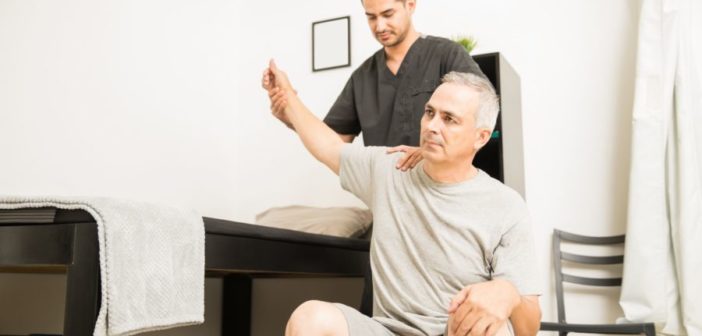Guest Contributor Sharon Wagner
Pain changes everything. For many seniors, it reshapes the day—from how long to stand in the kitchen to whether to RSVP at all. But even inside pain, a fulfilling life can still be built. It doesn’t come from pretending nothing hurts. It comes from adapting how you live with pain, without giving it center stage. That means rethinking routines, reframing what pain means, and using tools that don’t require waiting on a prescription. Purpose can survive pain. But it needs strategy. Here’s how seniors are doing it.
Reframe Pain as a Brain-Generated Signal
Start here: not all pain reflects current damage. It often reflects a brain stuck in protection mode. That’s not a theory—it’s the working foundation behind treatments like Pain Reprocessing Therapy. In a study from the National Institutes of Health, pain as a brain-generated signal was shown to be retrainable. Patients learned to observe the pain instead of brace against it. And for seniors especially, that shift led to fewer flare-ups and more mobility. The pain didn’t vanish. But its message changed. And that made it smaller.
Tap Into Group-Based Mindfulness Programs
There’s real power in breathing next to someone who knows your kind of pain. Near the end of a recent University of Michigan study, participants who attended group mindfulness tailored for older adults reported not just less pain—but more hope. These weren’t wellness influencers. They were seniors sitting in community rooms, learning how to pause, notice, and not overreact to their discomfort. Shared rhythms softened the isolation. And showing up weekly became part of the medicine. You don’t have to go it alone—and you shouldn’t.
Blend Mindfulness and CBT to Reduce Dependency
At the beginning of a new trial on pain management, older adults were given a choice: medication, or something else. That “something else” was a mix of cognitive behavioral therapy and mindfulness. The result? Those who practiced both found that mindfulness and CBT reduce back pain more sustainably than opioids. The techniques gave them something to do in moments of discomfort—not just something to swallow. For seniors who’ve felt powerless in the face of chronic pain, this gave them a foothold. Control. Direction. Relief with a handle.
Use Diet as a Daily Lever
Inflammation doesn’t announce itself—it compounds. Every meal is a message to your nervous system. And seniors who shifted toward more anti-inflammatory foods saw less pain, even without losing weight. One Australian study confirmed that anti‑inflammatory foods lower pain. Think fewer processed items, more vegetables and lean proteins, and better fats. This isn’t about trends—it’s about reducing internal friction. Food won’t erase chronic pain, but it can definitely calm its edge.
Prioritize Social Support as a Medical Input
Support isn’t fluff. It’s function. One PLOS One review showed that emotional and instrumental support matters in reducing pain-related suffering. Seniors with reliable human connection—phone calls, walking partners, meal routines—tend to report lower pain interference, even with identical diagnoses. The nervous system reads connection as safety. And safety down regulates pain. So yes, talk to your neighbor. Accept the invite. Keep that recurring lunch date. It might be the most powerful treatment you haven’t counted.
Leverage Brain Training to Shift Sensory Load
Toward the end of a difficult pain flare, the mind often spirals. What if it never gets better? What if this is the baseline now? But long-term studies suggest that mindfulness doesn’t just change mood—it rewires perception. In one 2024 publication, participants who used structured meditation programs showed lasting shifts in brain and pain self‑control. These weren’t monks—they were seniors retraining how their brains responded to pain signals. And the results held. Years later, many still reported lower interference, more stability, and a sense of internal space they hadn’t felt in decades.
Chronic pain doesn’t have to flatten your identity. For seniors, the path to fulfillment isn’t paved with miracle cures—it’s built from daily, grounded interventions that shift power away from pain and back toward agency. That means reshaping the brain’s role in pain, building structure around support, leaning on therapies that retrain rather than suppress, and anchoring every decision in rhythm. This isn’t about going back. It’s about going forward—on new terms.
Discover insightful resources and expert advice on aging gracefully at MindfulAging, where every step of your journey is supported with wisdom and care.



